August van Kuzenval
Former Commandant of the Army of the East and Postumus Marshal of the Republik August van Kuzenval (a.k.a. The Bastard of Couhon)
Widely praised and decorated Hurrite veteran, August van Kuzenval was 2nd in command of the Hurrite forces of Katrien van Evre and also the commander and hero of the Battle of Hemmingsdjik where he gave his life. He is currently entombed at Kuzenval Square in Vjerigron and is an official Blessed figure of the Hurrite faith.
Physical Description
General Physical Condition
Though generally fit, Kuzenval suffered from several ailments likely contracted due to his continued command in Grezland. First was noticeable hearing loss, likely from either a blow to the side of the head or proximity to exploding powder from artillery pieces. He also allegedly lost feeling in both of his feet from sickness during his command against the Margravate of Grezland toward the end of his service there. Though he regained feeling in his left, his right foot would never again be the same and he walked with a swaying gait for the remainder of his life.
Mental characteristics
Personal history
The early life of August van Kuzenval is fairly unknown, what can be surmised is that his childhood was spent in the place of his birth, Kuzenval village which lies on the western border of Hassia and Heskia and sits on the right bank of the Divern River. It is likely August worked as a miller in the town until late childhood as throughout this time he was said to have been raised by his grandmother Eilize after both of his parents died of typhus and diphtheria. It is around 652 that August traveled to Stol to find work in the city and allegedly became an apprentice brewer before the Council of Stol took place. Throughout the twenty-six days of the council, Stol became a breeding ground of street violence, as soon-to-be Hurrite partisans rounded up those suspected of fervent loyalties to the crown and beat them in the streets. Kuzenval seems to have been caught up in this action and was made a sergeant in the motley night service that patrolled the streets and kept the peace.
He continued work as a guardsman and found himself amid the rush of activity at the council's conclusion and fell in with the partisans of Katrien van Evre, and he assisted in the storming of the Hetgut prison which officially began the 1st Hurrite War. As the vast Hurrite army at this time was split in three, Kuzenval followed van Evre west and engaged in the Grezlander War there. The war in the West was far different than the war in the East, the fighting amid the Grezland march was a brutal and very partisan affair, with raiding and sporadic fighting occurring between smaller and less decisive battles. During the conflict, Kuzenval was routinely quoted as thinking of the Tiranese as "Bitter, weepy, and yappy dogs", he was frequently tasked with leading raiding parties and was responsible for the slaughter and sacking of many Grezlander villages. Forces like his on both sides quickly escalated the conflict and on both sides were reviled as brutish thugs for their indiscriminate destruction and slaughter of any perceived foe. In 657, Kuzenval joined with van Evre and fought in the victory at Couhon, and while van Evre was fondly remembered as the "Heroine of Couhon" until his death Kuzenval was frequently called "The Bastard of Couhon" by his opponents and detractors. For the remainder of the war, Kuzenval continued his near banditry and raiding efforts deep into western Grezland. He was not with van Evre when she was defeated and captured by the Halsats at Latwallen in 659 and was said to have been deeply grieved by her execution in Caistnac the next year.
Fighting in Grezland died down after van Evre's capture, as Tiranar's focus passed over the Hurrites and toward the weakening of the Menschan crown following Joren van Raaf's victories against the royal army at Messen and his defeat of the traitor Roel de Hartin at Elst. In 661, King Rousel III led an invasion into eastern Heskia and Hassia, but at the Battle of Loire, he was thrown back and forced to make peace after being defeated by the Grand Duke of Zemoren Matyas Gryf. With his death in 663, much of the gains of the Halsats were vulnerable and Kuzenval renewed partisan attacks in the newly formed March of Grezland. For the next five years, Kuzenval took the role of commander of the remaining Hurrites west of the Rhor and received support from the government in Vjerigron, in 667 he fought the Battle of Mon Mihel against the Margrave Ciezel de Ponlac which he only narrowly won, one of the very few open battles he committed to in Grezland. In 669 he was recalled as conflict in the region died down and in 671 he was in the city when the Peace of that year was officially announced and conflict abroad generally ceased.
In the lull, August was married to Margareta Jeuniker, daughter of Ulest Jeuniker, a member of the Stadconvente. Thus Kuzenval was forced into high society in Vjerigron and was noted as deeply uncomfortable and squeamish engaging with those he claimed looked down on him. However, with Margareta, he was frequently head over heels for, in public always at her side and in private letting his notably high guard down and fully immersing himself in married life. A year and a half into their marriage, Margareta gave birth to their only child, a daughter named Elinor. In 685, after the announcement of the Bauern Republik and the beginning of the invasion by Reik Gebhard von Leberecht, Kuzenval was recalled and promoted to Commandant of the Army of the East, the former position of Joren van Raaf. While he had commanded forces in the west during his time there, many thought Kuzenval a poor choice for command and as he departed east, he was mocked and his position questioned by members of the Stadconvente, even his father-in-law Ulest denounced his appointment. Nevertheless, he and his army marched on.
The Battle of Hemmingsdjik is difficult to accurately describe as due to Bauern propaganda after its conclusion, the events preluding the battle have become almost mythologized. During the onset of the march, after detailing the extent of his plans thus far to an aide at his side, he is said to have uttered the words, "Tell the guard to beware, the farmers are coming, and they seem to wish for a fight!" Upon the arrival of the Hurrites to the scene of what would be the battlefield, Kuzenval, and his aides began surveying the landscape and quickly came to the realization that the sluice gate that sat nearby could be opened to quickly flood the low-lying landscape, and they intended to bring this to bare against the numerically and superior forces of von Leberecht. The next day Leberecht's army arrived and encamped opposite of the Hurrites atop a small hill. However, Kuzenval wished to shorten any time that they could survey the land and ordered a bombardment of their camp throughout the night, forcing them to leave the hill and encamp out of range, thus they did not see much of the battlefield and could not see the plan Kuzenval had devised.
The next day, both armies arrayed themselves atop their respective hills and seemed prepared for battle. However, Kuzenval deemed that the enemy needed proper encouragement to throw themselves off their hill and descend to where the sluice gate could be utilized. And so, dismounting his horse, Kuzenval came upon his 2nd in command Ishe Rothael, handed him his command baton, and ordered his retinue forward into the lowlands, enticing the Salians to do the same and give them battle. According to Hurrite accounts, his final words before marching to battle and his death were, "And they thought we would not fight." Upon first contact with the enemy, the sluice was opened, and the lowlands were flooded, catching the bulk of the Salians and Kuzenval's force in it. Many were thrown down by the rush of the water, and many became stuck within it. Then a bombardment was ordered that further slew many amid the growing panic in the center. Seeing the chaos, many of the Salic horsemen departed, but some of the army stayed and instead charged into the lowland area, intending to save their comrades there. Rothael then ordered light infantrymen to engage them, and many crossbowmen and some light hand gunners opened a volley into the Salians. The combination of this led to further casualties and by the battle's end, many on both sides who had initially charged into the lowland had perished, but far more Salians than the Hurrites who had remained relatively safe atop their overlook.
Kuzenval is believed to have died fighting, as he was seen doing so after the opening of the sluice, contrary to Salic reports that the sluice had killed him. In the aftermath of his victory, his body was returned to Vjerigron, and he was given an extravagant and highly attended funeral. Kuzenval subsequently became a folk hero for the Hurrite cause, as well as a Republican hero, having the Convention Square in central Vjerigron renamed Kuzenval Square in his honor. He was also posthumously given the rank of Marshal of the Republic, a command also posthumously given to Joren van Raaf. Despite the upheaval of the republic in the aftermath of Hemmingsdjik, Kuzenval's popularity never seemed to wane, and his name became synonymous with martyrdom and the cause of the now revolution. Carel Girond frequently was compared to Kuzenval following his assassination by Hendrik Splent.
Accomplishments & Achievements
Narrow victory at Mon Mihel
Won a great victory at Hemmingsdjik against Reik Gebhard von Leberecht
Won a great victory at Hemmingsdjik against Reik Gebhard von Leberecht
Personality Characteristics
Motivation
Whether genuine in his Hurrite beliefs or not, Kuzenval proved an indispensable tool of the cause and a loyal follower of principles defined within the social and moral outlook of the movement. Popularly he was often seen as far more cynical than the idealism of his former commander Katrien van Evre, and protrayed before Hemmingsdjik as a ruthless and aggressive commander, as well as absolute in his belief of his methods of waging war.
Representation & Legacy
Kuzenval Square in Vjerigron currently houses his tomb and multiple triumphal monuments for the victory at Hemmingsdjik and other Hurrite victories in the past. He is frequently cited as among many of the other Hurrite commanders such as Joren van Raaf and Katrien van Evre and higher still among those deemed "the new breed" who followed these initial figures after the Peace of 671 and the proclamation of the Bauern Republic. To Girondists, Carel Dantun Girond was seen as his spiritual successor and many wished for him to be buried beside him in Kuzenval Square.
Though in his day he was mostly remembered for his brutal conduct during the 1st Grezlander War, particularly by the inhabitants of the eastern march, Kuzenval's image was drastically altered after his death, becoming the embodiment of Hurrite martial vigor, and a martyr for the cause of liberation and freedom of the peasantry, a class he frequently brutalized. Many attached themselves to his legacy, Hengst Piare-Kuleth used his popularity following Hemmingsdjik to force Jahn Martin-Dau from power and begin his Red Year. During the Red Year, the manifesto of Kuleth was read aloud once a day before Kuzenval's monument.
Social
Family Ties
Husband of Margareta Jeuniker
Father of Elinor Jeuniker
Father of Elinor Jeuniker
Social Aptitude
While typically seen before his death as a brutish thug due to his conduct during the 1st Grezlander War, Kuzenval was frequently noted as being exceptionally quiet and very slow to anger. In fact, too many of his men, he was described as a dotting and overly caring commander who needed to be cajoled to sleep as he had a habit of spending long nights walking among the rank and file of his men ensuring the watch was alert and many of them were asleep. However, in war, he was unnervingly stern, and his face would become firm and stiff and his gaze almost mad.
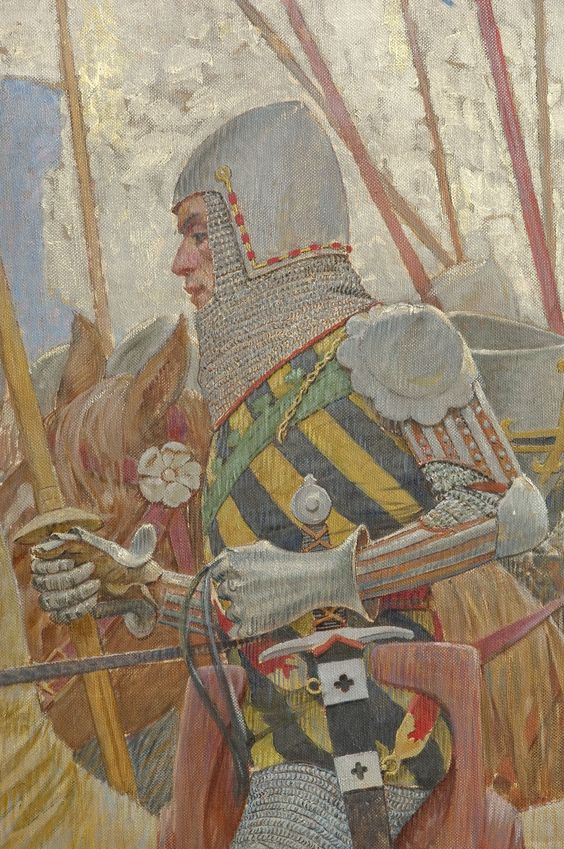
(The Battle of Hemmingsdjik and the deluge of the sluice)
(Katrien van Evre, August's commander during the 1st Grezlander War)
(Hassian Hand Cannoniers, though deployed in low numbers, these troops were instrumental in Kuzenval's victory)
Species
Ethnicity
Other Ethnicities/Cultures
Life
641 A.E
685 A.E
44 years old
Circumstances of Birth
Born in Kuzenval village
Circumstances of Death
Drowned after the breaking of the sluce at Hemmingsdjik
Birthplace
Kuzenval, Western Hassia
Place of Death
Hemmingsjik, Northeastern Heskia
Children
Quotes & Catchphrases
"And they thought we wouldn't fight."
-Last words before the Battle of Hemmingsdjik and currently enscribed upon his tomb in Kuzenval Square
Aligned Organization
Other Affiliations

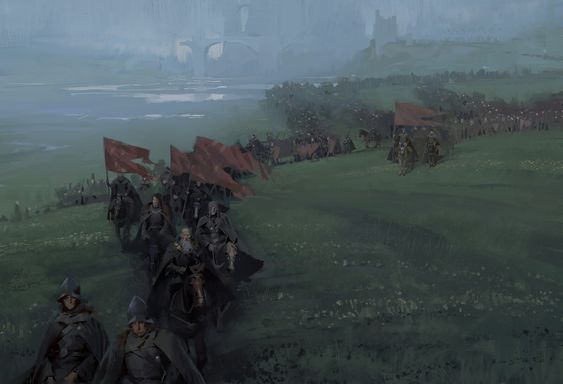
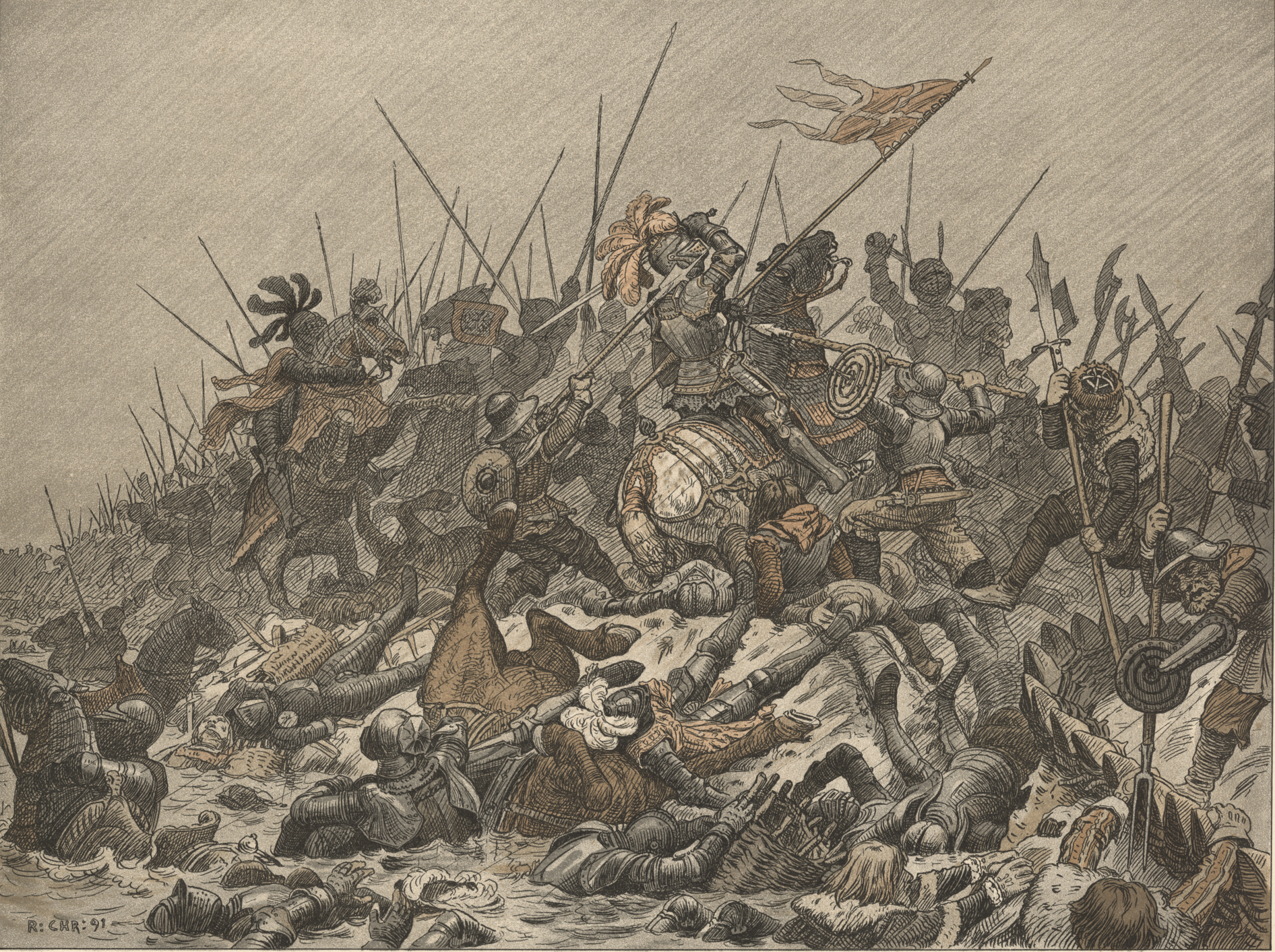
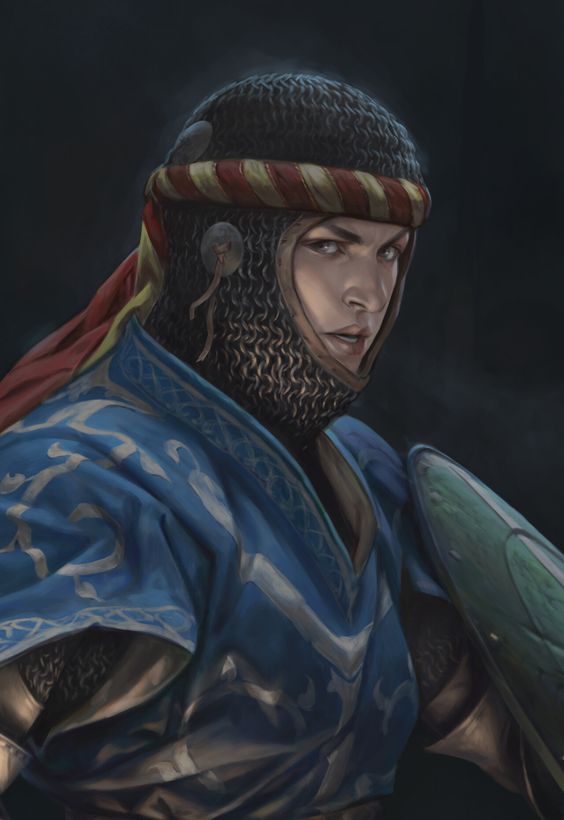
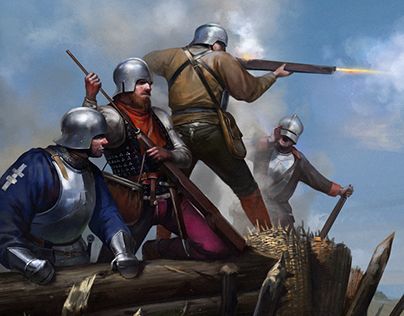
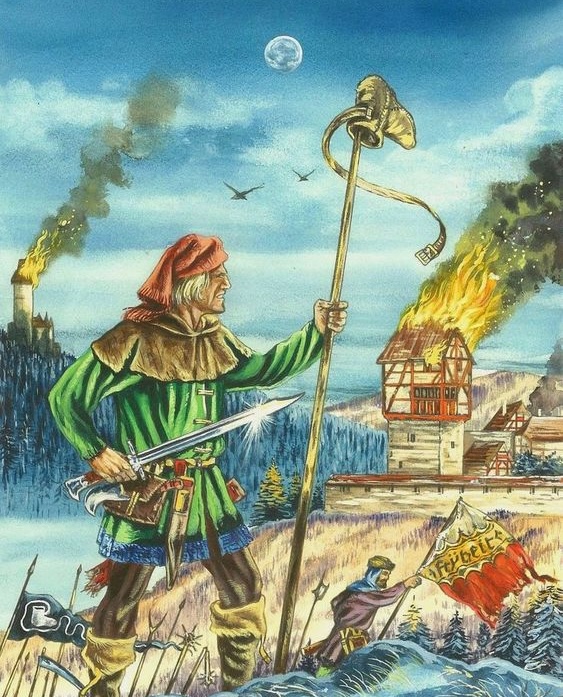

Comments